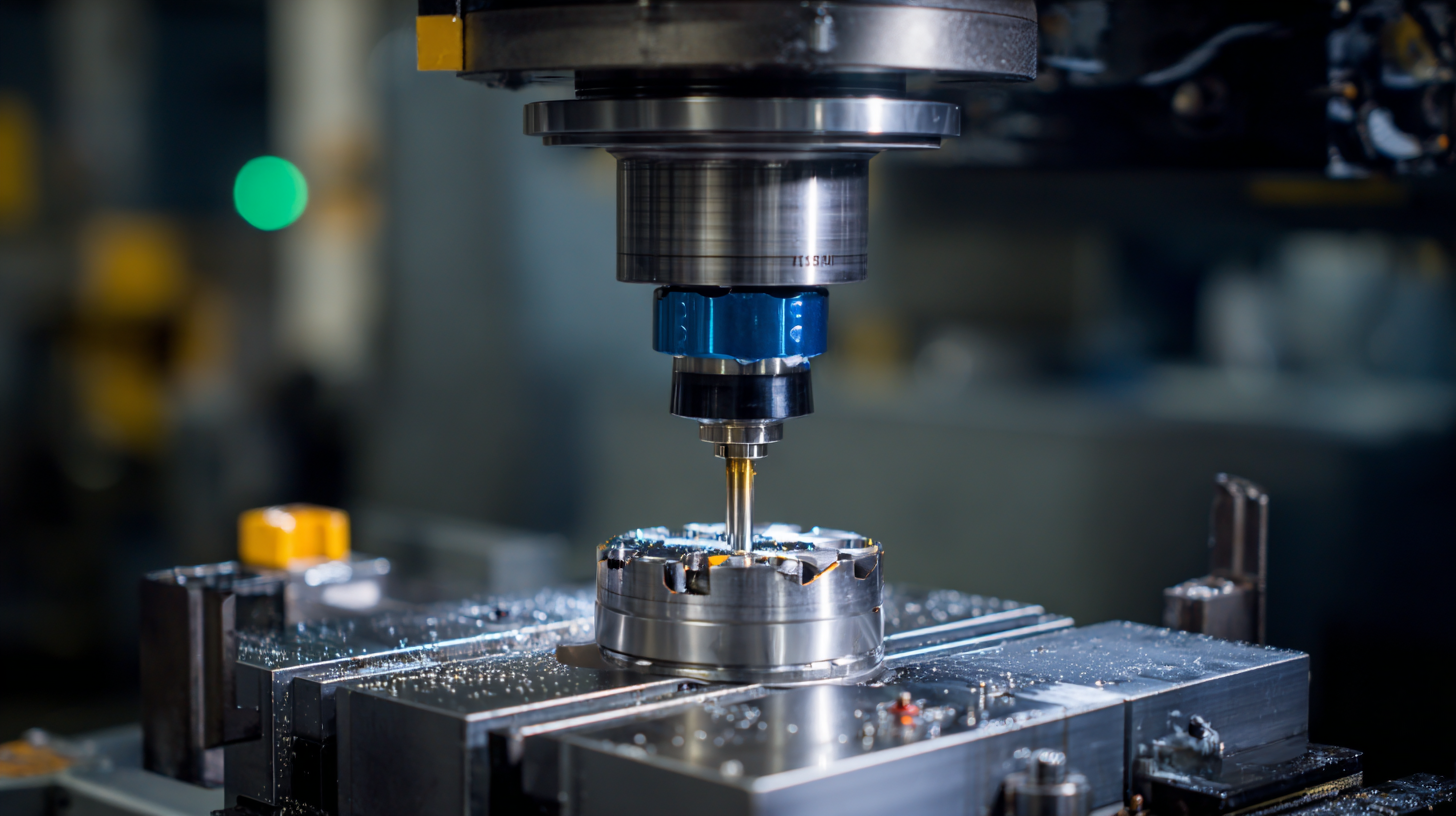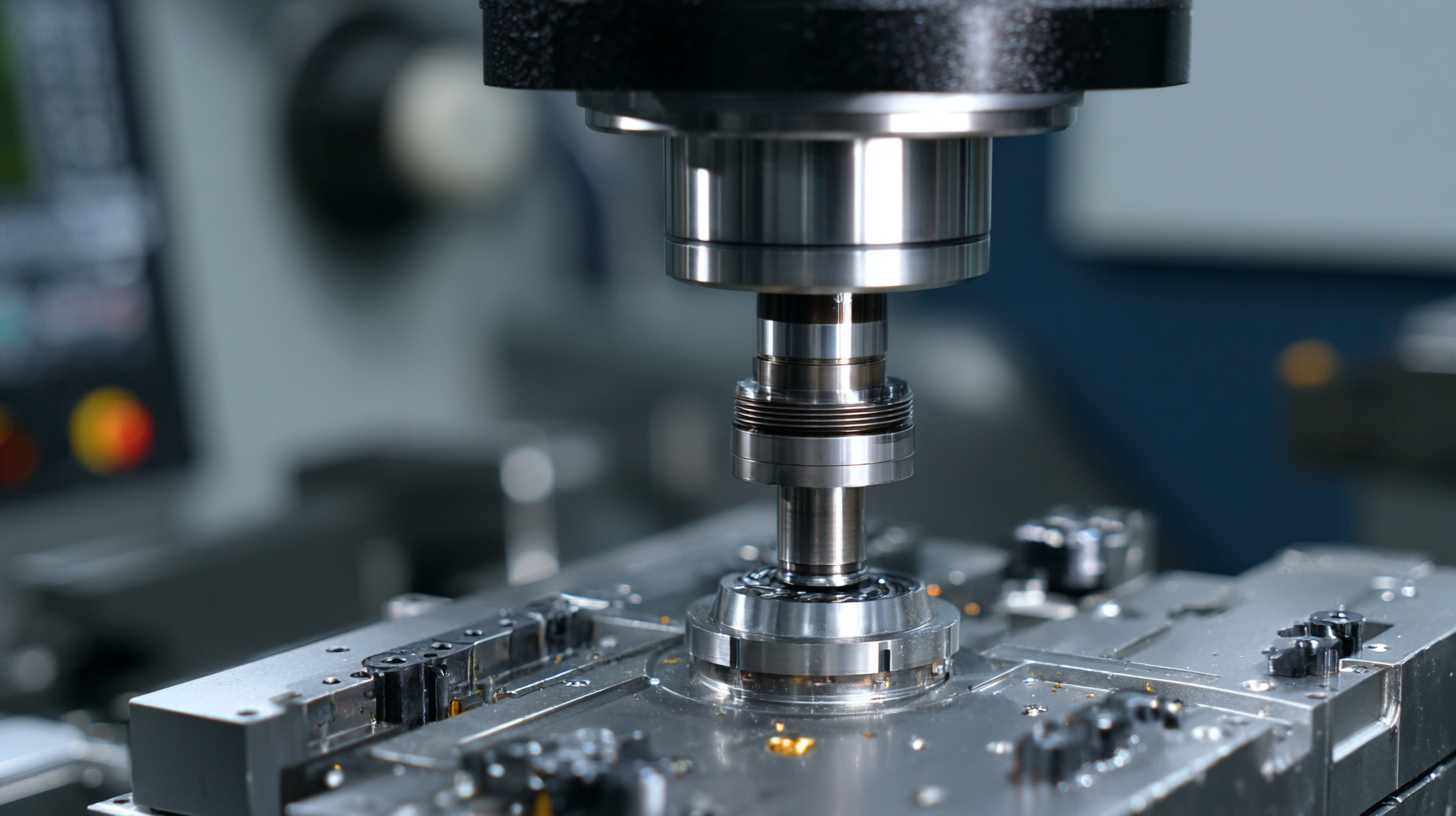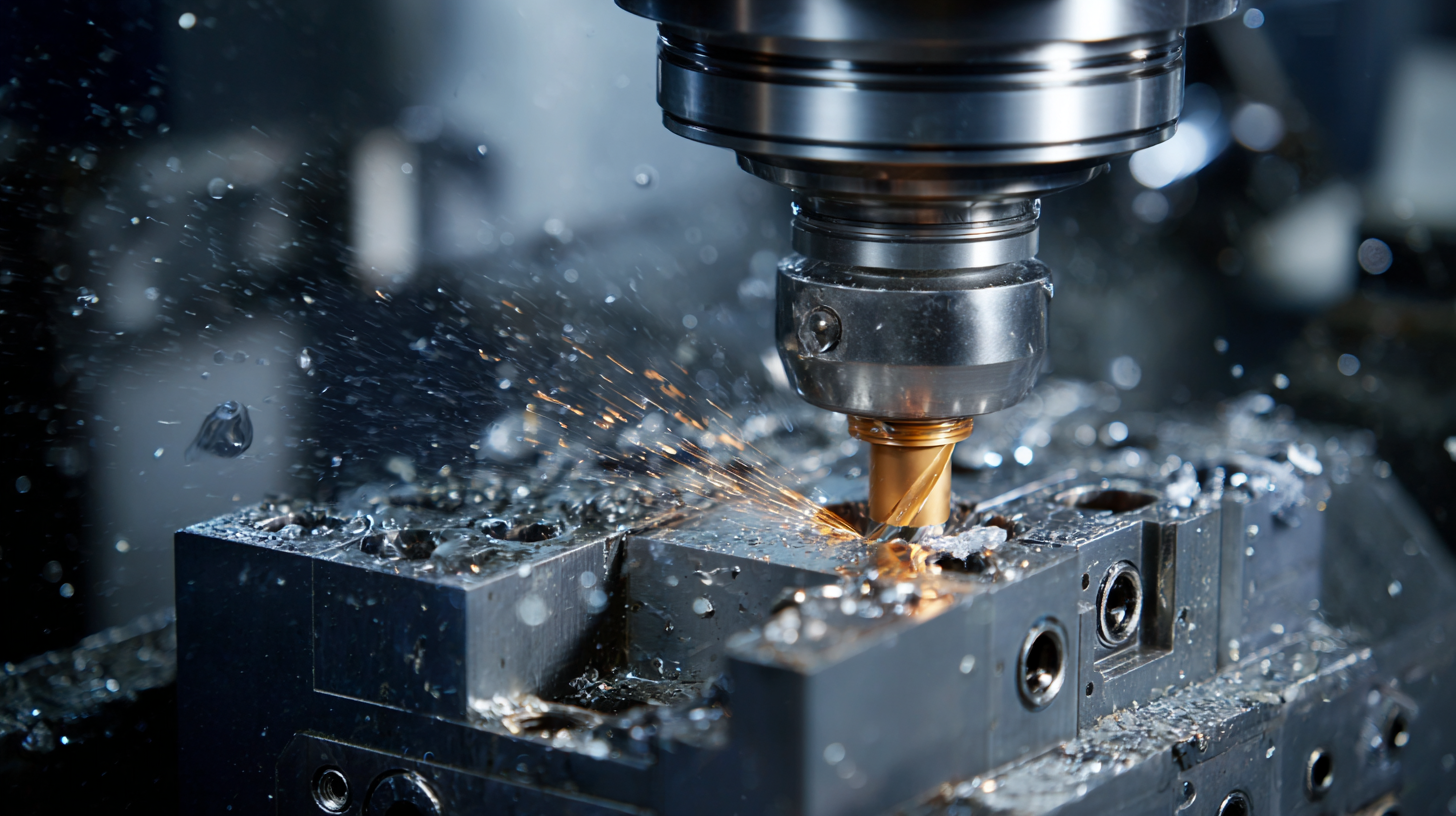METROM’s
Blog
METROM’s
Blog
Mastering Precision in Milling Machines A Comprehensive Guide for Global Buyers
In the rapidly evolving landscape of manufacturing, the importance of high precision milling machines cannot be overstated. These advanced tools are essential for producing components with exceptional accuracy, catering to the growing demands of various industries worldwide. This comprehensive guide is crafted for global buyers seeking to master the intricacies of selecting the perfect milling machine for their needs. By exploring essential tips and insights, we aim to demystify the process of acquiring high precision milling machines, guiding you through factors such as technology, specifications, and supplier reliability. Whether you are a seasoned professional or a newcomer to the machining sector, this blog will equip you with the knowledge to make informed decisions and enhance your operational efficiency. Join us as we delve into the nuances of precision milling and provide valuable resources to elevate your manufacturing capabilities.

Understanding the Different Types of Milling Machines and Their Applications in Industry
Milling machines are versatile tools essential in various industries, enabling precision machining of materials like metal, wood, and plastics. Understanding the different types of milling machines—such as vertical, horizontal, and CNC (Computer Numerical Control)—is critical for global buyers looking to enhance manufacturing efficiency. Vertical milling machines are ideal for precision machining, while horizontal milling machines are suited for heavy-duty applications. CNC milling machines, on the other hand, offer automation and high repeatability, making them a preferred choice for complex geometries.
When selecting a milling machine, consider the specific applications within your industry. For example, if your operations require high-volume production and intricate designs, investing in a CNC machine would be beneficial. In contrast, if your needs involve standard milling tasks, a basic vertical or horizontal mill may suffice.
**Tips:** Always assess the machine's specifications, such as spindle speed and torque, to ensure they meet your operational requirements. Additionally, consider the available tooling options and ease of maintenance for long-term usability. Engaging with experienced suppliers can also provide valuable insights into the best milling solutions tailored to your industry.
Mastering Precision in Milling Machines
| Machine Type | Application | Material Compatability | Precision Level | Typical Industries |
|---|---|---|---|---|
| Vertical Milling Machine | Machining flat surfaces, slots, and intricate shapes | Aluminum, Brass, Steel | High | Aerospace, Automotive, Electronics |
| Horizontal Milling Machine | Heavy materials machining, creating complex cuts | Steel, Cast Iron | Medium | Manufacturing, Oil & Gas |
| CNC Milling Machine | Automated precision machining for complex parts | Various metals, Plastics | Very High | Medical, Aerospace, Automotive |
| Bed Type Milling Machine | Large parts with heavy-duty machining | Steel, Aluminum | Medium to High | Automotive, Heavy Machinery |
| Universal Milling Machine | Versatile machining for various configurations | Aluminum, Steel | Medium | General Manufacturing, Toolmaking |
Key Precision Metrics: What Global Buyers Should Look for in Milling Machines
 When purchasing milling machines, precision is paramount. Global buyers should focus on key metrics that determine the accuracy and quality of the machinery. One crucial metric is the machine's spindle runout, which should ideally be less than 0.002 inches. This measurement directly influences the overall machining precision. In addition, the positioning accuracy—often expressed in microns—should meet the specific requirements of the intended applications. Machines with a lower positional deviation yield more predictable and reliable results.
When purchasing milling machines, precision is paramount. Global buyers should focus on key metrics that determine the accuracy and quality of the machinery. One crucial metric is the machine's spindle runout, which should ideally be less than 0.002 inches. This measurement directly influences the overall machining precision. In addition, the positioning accuracy—often expressed in microns—should meet the specific requirements of the intended applications. Machines with a lower positional deviation yield more predictable and reliable results.
Tips for evaluating a milling machine include looking for manufacturers that provide detailed specifications and testing reports. Always inquire about the repeatability of the machine, as this indicates how consistently it can produce the same results over many cycles. Additionally, consider the thermal stability of the machine; temperature fluctuations can have a significant impact on precision. Machines equipped with advanced cooling systems tend to maintain better dimensional accuracy over prolonged periods.
Another aspect to consider is the quality of the machine's construction materials. High-grade materials improve not only durability but also stability during operation, which translates to higher precision. Buyers should seek out machines that undergo rigorous quality assurance checks to ensure they meet international standards for precision and performance.
The Role of CNC Technology in Enhancing Milling Machine Precision
The integration of CNC (Computer Numerical Control) technology has revolutionized the milling machine industry by significantly enhancing precision in manufacturing processes. With the global CNC machines market projected to grow rapidly, reaching USD 170.4 billion by 2033, the demand for high-precision machining continues to rise across various sectors. Advanced CNC capabilities enable manufacturers to achieve intricate designs with unmatched accuracy, minimizing nonlinear errors during machining operations.

Recent developments in CNC technology, such as digital twin applications, further improve the alignment between virtual simulations and actual machines. This alignment ensures that high-precision parts are produced while significantly reducing the risk of collisions. Moreover, innovative methods like the cutter contacting point trajectory prediction are emerging to refine machining accuracy even further. As industries increasingly adopt digital manufacturing technologies, the pursuit of precision in milling machines will undoubtedly lead to enhanced productivity and continuous advancements in the field.
Comparative Analysis: Milling Machine Brands Dominating the Global Market
The global milling machine market is witnessing significant growth, projected to expand at a compound annual growth rate (CAGR) of 5.1% over the coming years. This growth is driven by the increasing demand for precision in various manufacturing sectors, particularly in automotive, aerospace, and electronics.
As industries move toward automation and enhanced efficiency, the need for advanced milling machines, including vertical, horizontal, and universal models, has surged. The market is also seeing a shift with the rising popularity of CNC (Computer Numerical Control) machines, which are expected to grow from $101.22 billion in 2025 to $195.59 billion by 2032, highlighting the intersection of software and hardware innovations in machining.
Furthermore, the competitive landscape of milling machine brands shows a marked distinction in product offerings, catering to diverse buyer needs.
Regional dynamics, particularly the rapid innovation capabilities emerging in China, position it as a major player in the global market. The country is increasingly recognized for its advanced manufacturing technologies and a strong emphasis on research and development, making it a key destination for buyers seeking cutting-edge milling solutions. As the market evolves, stakeholders must stay informed about these trends and the distinct strengths of leading brands to make informed purchasing decisions.
Trends in Milling Machine Manufacturing: Innovations Driving Precision and Efficiency
As the demand for precision in manufacturing escalates, milling machine innovations are at the forefront of the industry. Advancements in digital technology and automation are revolutionizing the way milling machines are designed and operated. Modern machines now boast sophisticated CNC (Computer Numerical Control) systems that enhance accuracy and reduce human error. These innovations enable manufacturers to produce complex geometries with unparalleled precision, catering to diverse applications across various sectors, from aerospace to automotive.
Moreover, the integration of smart technologies in milling machines is fostering greater efficiency. Features such as predictive maintenance and real-time monitoring are becoming standard, allowing for proactive adjustments that minimize downtime and improve productivity. With the use of advanced materials and cutting tools, manufacturers are also pushing the boundaries of speed and performance, achieving shorter cycle times without compromising precision. The continuous evolution of these technologies indicates a promising future for milling machine manufacturing, where precision and efficiency will remain pivotal in meeting the needs of global buyers.

